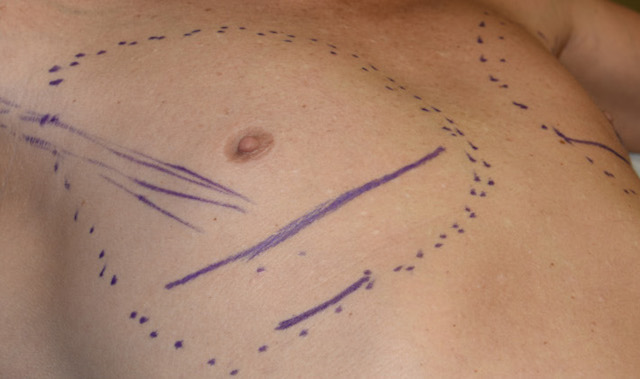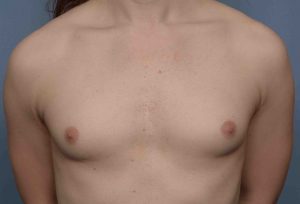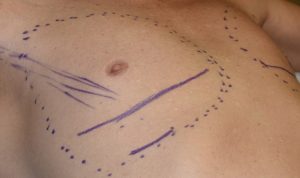In transgender body feminization a variety of procedures exist of which breast enlargement is one of the most important. Hormone therapy can produce some modest amount of breast tissue which may be sufficient for some patients. But the definitive procedure is breast augmentation surgery where an implant provides an assured outcome with the best breast shape.
In the June 2020 issue of the journal Plastic and Reconstructive Surgery, an article was published on this topic entitled ‘Breast Augmentation in the Transfemale Patient: Comprehensive Principles for Planning and Obtaining Ideal Results’. In this clinical series almost forty (36) patients underwent the placement of silicone breast implants using an inframammary approach with either round or anatomic shapes. A key feature was the lowering of the inframammary fold with obliteration of the old fold by cross-hatching and the establishment of a new fold by suturing to the rib periosteum. Two patients developed solvable problems including a small hematoma (1) and a capsular contracture. (1) Patients satisfaction was 100% with either being highly or moderately satisfied.
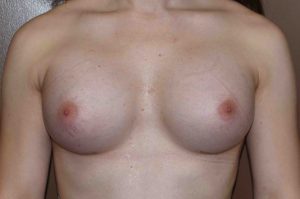
The preoperative selection of implant size must take these tissue characteristics into consideration. Patients that want very large implants (> 500 or 600ccs) may not be able to have such volumes initially and may need a two stage approach to allow for tissue expansion to accommodate the volume. In addition the patient’s chest width will likely be larger requiring implant base widths often being 15cms or greater. For this reason high or ultrahigh implant profiles should be avoided so a constricted breast appearance does not occur.
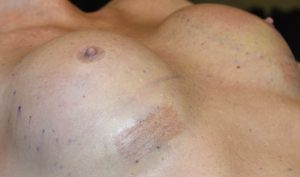
Another anatomic element to assess is the location of the nipple-areolar complex. If it is very far to the side a first stage medialization of it by skin excision under local anesthesia would be of aesthetic benefit. While such skin excisions are at best just 1 cm, that can still be of benefit when it comes to implant positioning on the chest wall later.
Dr. Barry Eppley
Indianapolis, Indiana

